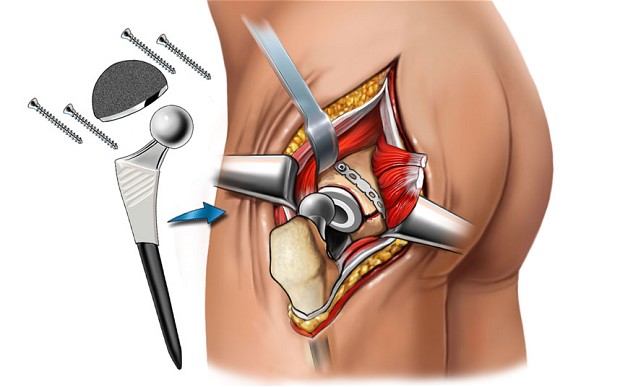
A total hip replacement is an invasive or surgical procedure to repair the hip-joint by partly or fully replacing the original hip joint with prosthetic substitutes.
Total hip replacement surgery has become so common these days that chances are good that at some point you or someone you know will have hip replacement surgery. The most common reason is osteoarthritis, the age-related “wear-and-tear” type of arthritis that can be difficult to treat with medications or other non-surgical approaches.
After total hip replacement you may experience some things that may surprise you. For example:
Generally patients after a total hip replacement do require formal physical therapy. Walking is the best exercise after surgery, beginning with short, frequent walks. The day of surgery, the physical therapist will get you out of bed for the first time. The therapist will help you walk with the help of a walker or crutches. Each day the amount of walking will increase as you can tolerate. Before you go home, the physical therapist will teach you how to climb stairs safely to protect your new hip.
Some essential and mandatory precautions patients should be taught after total hip replacement surgery and adhere to prevent dislocation, precautions are hip flexion above 90 degrees, endorotation and adduction across midline.
Physical therapy after total hip replacement surgery
Physical therapy at SOS PHYSIO
Physical therapy at SOS PHYSIO provides relief from pain and it also provides a better quality of life through the patients’ reintegration into social life. There are many physical therapy treatments such as Manual therapy & Active Release Techniques (ART) that have been shown to be very effective in treating this condition.
For more information- Contact your local SOS PHYSIO clinic.